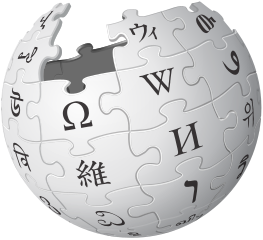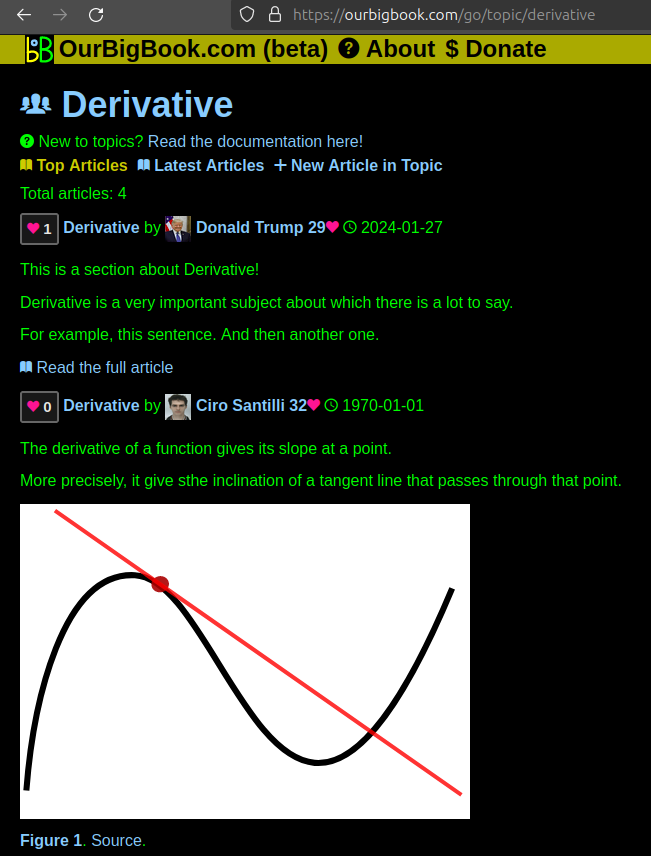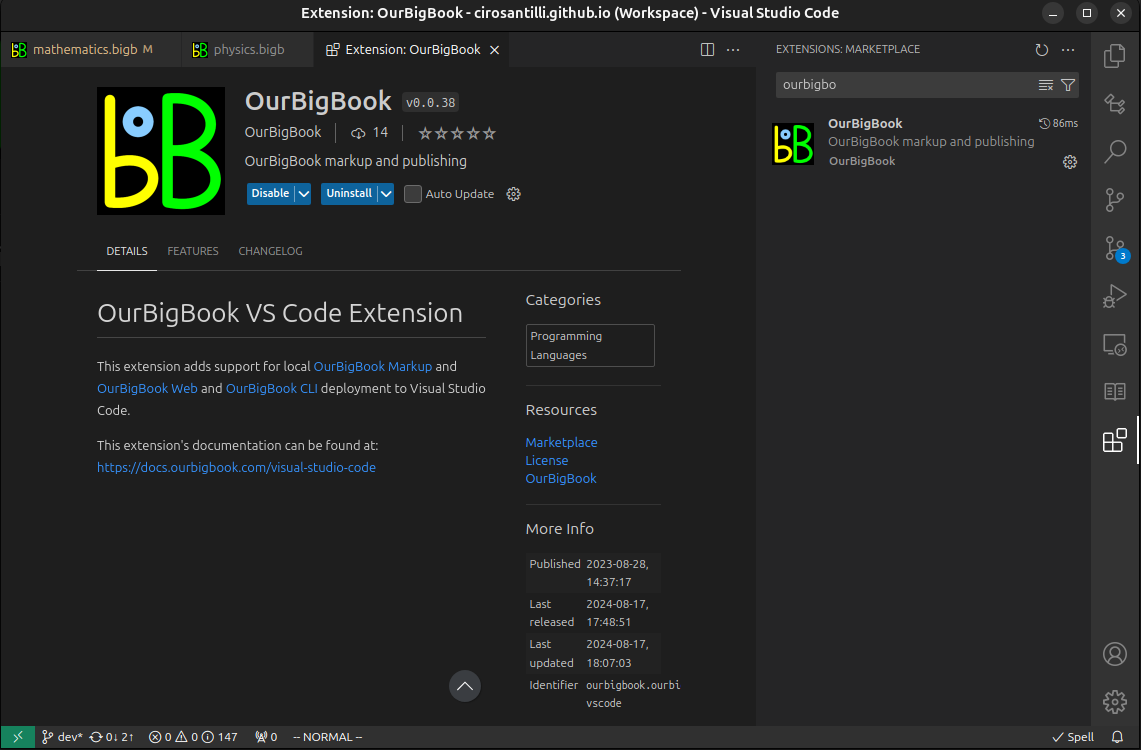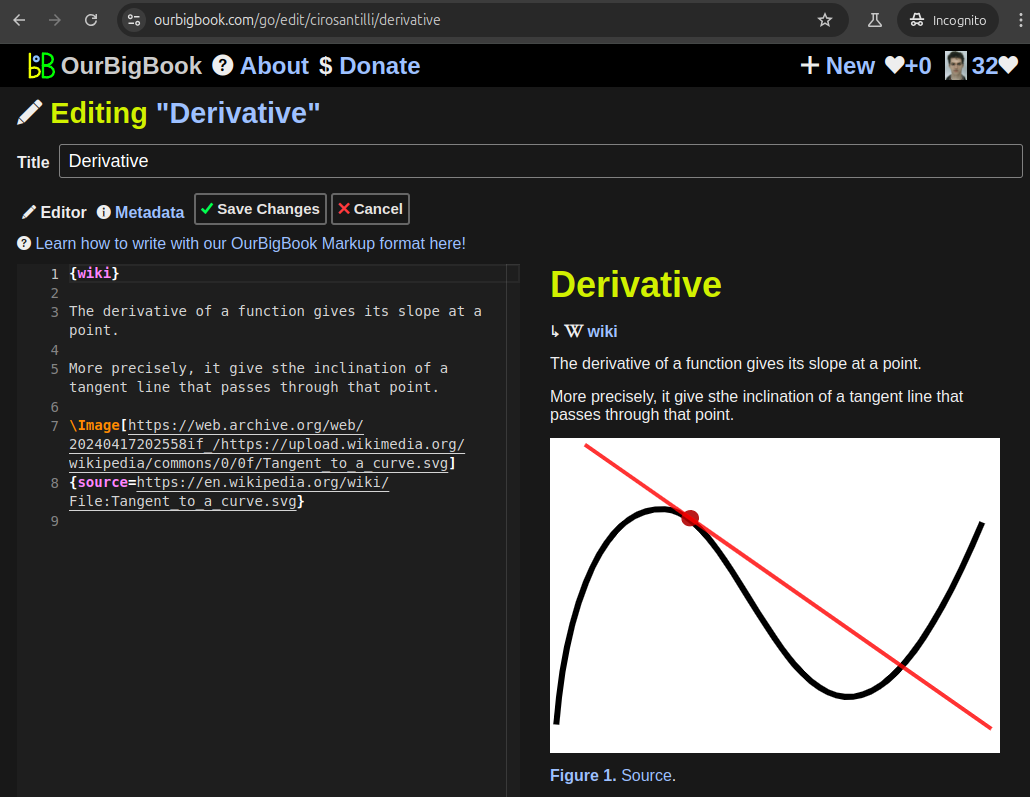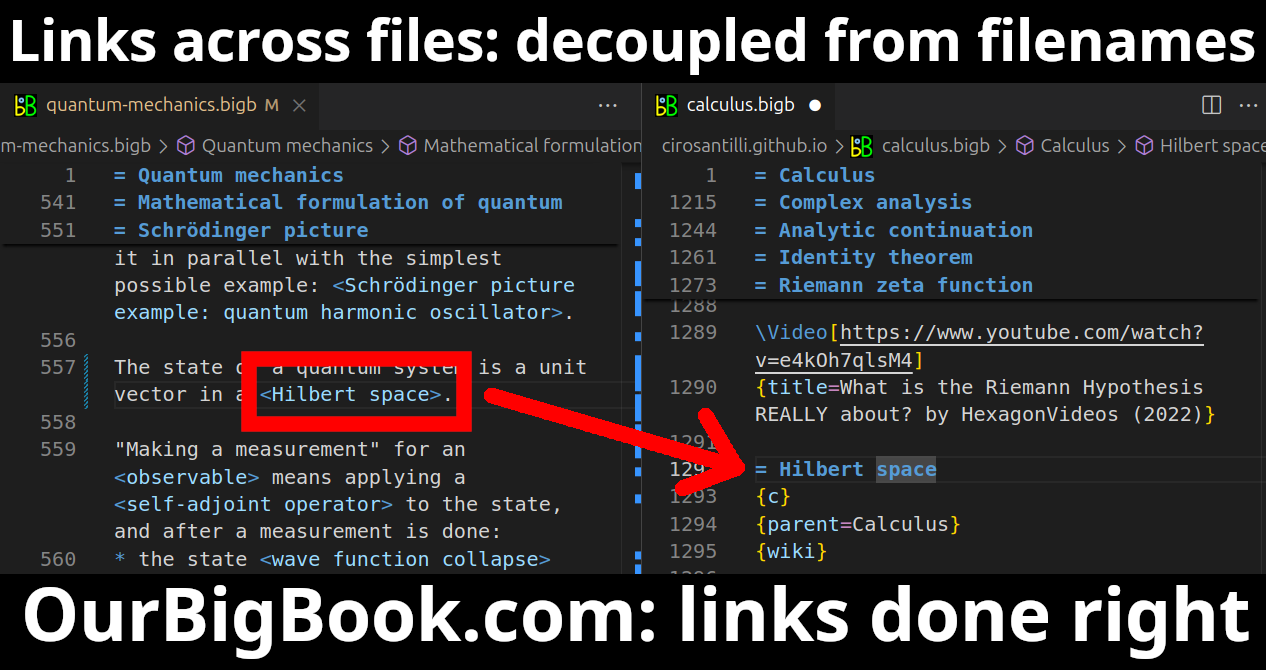An Oscar speech, also known as an acceptance speech, is a speech delivered by a winner at the Academy Awards (commonly referred to as the Oscars). These speeches are given by individuals who have received an Academy Award in various categories, such as Best Picture, Best Director, Best Actor, Best Actress, and others. Typically, the speech is a moment for winners to express gratitude to those who supported them, including family, friends, colleagues, and mentors.
The Prime Minister's New Year Message typically involves reflections on the past year and hopes for the upcoming year. It can include themes of unity, resilience, national progress, and aspirations for the future. The message often addresses citizens directly, encouraging them to face challenges together and highlighting government initiatives or policies that aim to improve the lives of the populace. The specific content can vary based on the current political, social, and economic context.
"Speech at the Politeama" refers to a notable oration made by Italian composer and conductor Arturo Toscanini. It was delivered at the Politeama Theatre in Palermo, Sicily. Toscanini is renowned for his passionate approach to conducting and his commitment to the integrity of the music he interpreted.
A pure spinor is a special type of mathematical object used in theoretical physics, particularly in the context of string theory and supersymmetry. It is a specific kind of spinor that has certain properties, making it particularly useful for describing the dynamics of fermions (particles with half-integer spin) and for formulating theories that are Lorentz invariant.
Extraordinary magnetoresistance (EMR) is a phenomenon observed in certain materials, particularly in materials that have a complex interplay between their electronic structure and magnetic properties. EMR is characterized by a large change in electrical resistance when exposed to an external magnetic field. This effect is particularly notable in materials with a layered structure, such as certain ferromagnets or half-metals.
The Pauli exclusion principle is a fundamental principle in quantum mechanics, formulated by physicist Wolfgang Pauli in 1925. It states that no two fermions (particles with half-integer spin, such as electrons, protons, and neutrons) can occupy the same quantum state within a quantum system simultaneously. In the context of atomic structure, this principle explains why electrons in an atom fill available energy levels in a specific way.
A superlattice is a periodic structure formed by alternating layers of two or more different materials, typically semiconductors, on a nanometer scale. These layers can be only a few nanometers thick and are engineered to create unique electronic, optical, or mechanical properties that differ from those of the individual materials. The properties of superlattices arise from quantum mechanical effects, specifically when the layer thickness approaches the electron mean free path or the de Broglie wavelength of electrons.
Allan Roth is a financial planner and wealth management expert known for his work in personal finance, investment strategies, and retirement planning. He is recognized for providing advice and insights on how individuals can manage their financial resources effectively. Roth is also known for his writings, articles, and appearances that focus on helping people understand complex financial concepts and make informed decisions regarding their investments and financial futures.
The Spin Hall Effect (SHE) is a physical phenomenon observed in certain materials, particularly in solid-state systems, where a transverse spin current is generated in response to an applied electric field. Unlike the conventional Hall effect, which produces a charge current that flows parallel to the applied electric field and results in a transverse voltage due to charge carriers deflecting, the Spin Hall Effect is concerned with the generation of spin polarization rather than charge separation.
Spinplasmonics is an interdisciplinary field that combines aspects of spintronics and plasmonics to manipulate both spin and charge at the nanoscale using light. In more detail: 1. **Plasmonics**: This refers to the study of surface plasmons, which are coherent delocalized electron oscillations that occur at the interface between a metal and dielectric material.
Ballooning instability is a phenomenon primarily observed in magnetically confined plasma, typically in the context of nuclear fusion research, specifically in tokamaks and stellarators. It refers to a type of instability that can arise in plasma due to pressure gradients and magnetic field topology. In a magnetic confinement system, plasma is held in place by magnetic fields, which are designed to keep the charged particles (ions and electrons) from escaping.
A comparison function is typically a function that helps in comparing two values or objects with respect to a certain criterion. In programming and algorithms, comparison functions are commonly used for sorting, searching, and determining order among data. ### Characteristics of Comparison Functions: 1. **Return Values:** - A comparison function usually returns: - A negative value if the first argument is less than the second argument. - Zero if both arguments are considered equal.
As of October 2023, Italy does not have any operational nuclear power stations. The country had a brief history of nuclear power, with the first nuclear reactor commissioned in the 1960s. However, following the Chernobyl disaster in 1986, public opinion turned against nuclear energy, leading to a national referendum in 1987 in which the majority of voters chose to phase out nuclear power.
A self-avoiding walk (SAW) is a mathematical and combinatorial object used primarily in statistical mechanics and theoretical physics, as well as in computer science and graph theory. It is defined as a path that does not visit the same point more than once.
Scatterplot smoothing is a statistical technique used to create a smooth line or curve through a set of data points in a scatterplot, which helps to visualize trends or patterns within the data. It is particularly useful when the relationship between the variables is not linear or when there is a lot of noise in the data.
Commonality analysis is a statistical technique used primarily in the context of multiple regression analysis. Its main purpose is to understand the contribution of individual predictors (independent variables) to the explained variance in a dependent variable. Unlike traditional regression analysis, which mainly focuses on overall model fit and the significance of individual predictors, commonality analysis helps to parse out the unique and shared contributions of predictors in explaining the variance in the outcome variable.
DeFries–Fulker regression is a statistical method used primarily in the field of behavioral genetics to analyze the relationship between a trait (such as IQ, height, or other measurable characteristics) and genetic factors. Specifically, it is often employed to assess the additive genetic and environmental contributions to the variation in traits observed in populations. The technique is named after researchers Robert DeFries and David Fulker, who developed it to analyze data from twin studies.
The term "fractional model" can refer to various concepts depending on the context. Here are a few interpretations: 1. **Fractional Calculus**: In mathematics, fractional models often refer to systems described by fractional calculus, which extends traditional calculus concepts to allow for derivatives and integrals of non-integer (fractional) orders. This can be useful in modeling complex systems where memory and hereditary properties play a significant role, such as in certain physical, biological, and economic systems.
The G-prior is a concept used in Bayesian statistics, particularly in the context of linear regression models. It is a type of prior distribution that is specifically designed to simplify the process of Bayesian inference by providing a convenient way to incorporate prior information about the parameters.
In statistics, "interaction" refers to a situation in which the effect of one independent variable on a dependent variable differs depending on the level of another independent variable. In other words, the impact of one factor is not consistent across all levels of another factor; instead, the relationship is influenced or modified by the presence of the second factor. Interactions are commonly examined in the context of factorial experiments or regression models.
Pinned article: Introduction to the OurBigBook Project
Welcome to the OurBigBook Project! Our goal is to create the perfect publishing platform for STEM subjects, and get university-level students to write the best free STEM tutorials ever.
Everyone is welcome to create an account and play with the site: ourbigbook.com/go/register. We belive that students themselves can write amazing tutorials, but teachers are welcome too. You can write about anything you want, it doesn't have to be STEM or even educational. Silly test content is very welcome and you won't be penalized in any way. Just keep it legal!
Intro to OurBigBook
. Source. We have two killer features:
- topics: topics group articles by different users with the same title, e.g. here is the topic for the "Fundamental Theorem of Calculus" ourbigbook.com/go/topic/fundamental-theorem-of-calculusArticles of different users are sorted by upvote within each article page. This feature is a bit like:
- a Wikipedia where each user can have their own version of each article
- a Q&A website like Stack Overflow, where multiple people can give their views on a given topic, and the best ones are sorted by upvote. Except you don't need to wait for someone to ask first, and any topic goes, no matter how narrow or broad
This feature makes it possible for readers to find better explanations of any topic created by other writers. And it allows writers to create an explanation in a place that readers might actually find it.Figure 1. Screenshot of the "Derivative" topic page. View it live at: ourbigbook.com/go/topic/derivativeVideo 2. OurBigBook Web topics demo. Source. - local editing: you can store all your personal knowledge base content locally in a plaintext markup format that can be edited locally and published either:This way you can be sure that even if OurBigBook.com were to go down one day (which we have no plans to do as it is quite cheap to host!), your content will still be perfectly readable as a static site.
- to OurBigBook.com to get awesome multi-user features like topics and likes
- as HTML files to a static website, which you can host yourself for free on many external providers like GitHub Pages, and remain in full control
Figure 3. Visual Studio Code extension installation.Figure 4. Visual Studio Code extension tree navigation.Figure 5. Web editor. You can also edit articles on the Web editor without installing anything locally.Video 3. Edit locally and publish demo. Source. This shows editing OurBigBook Markup and publishing it using the Visual Studio Code extension.Video 4. OurBigBook Visual Studio Code extension editing and navigation demo. Source. - Infinitely deep tables of contents:
All our software is open source and hosted at: github.com/ourbigbook/ourbigbook
Further documentation can be found at: docs.ourbigbook.com
Feel free to reach our to us for any help or suggestions: docs.ourbigbook.com/#contact
